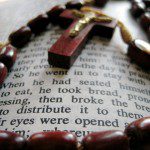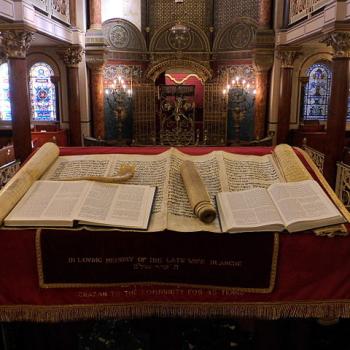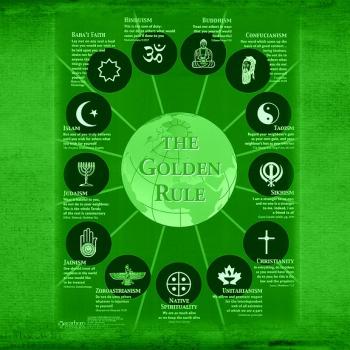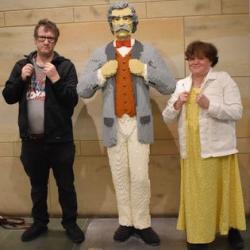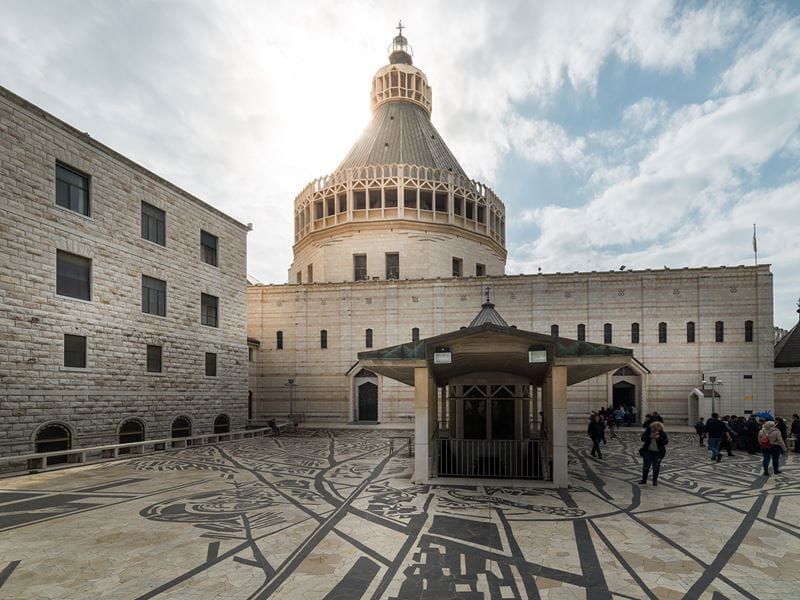
- Trending:
- Forgiveness
- |
- Resurrection
- |
- Joy
- |
- Afterlife
The 100 Most Holy Places On Earth
Church Of Annunciation

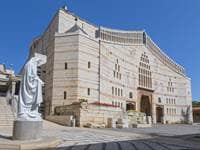
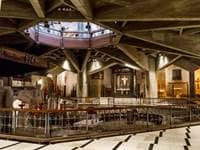
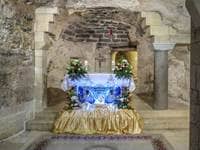
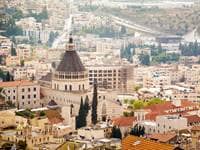
Associated Faiths:
Roman Catholicism
Also frequented by Christians of other High and Low-Church traditions.
Accessibility:
Open to visitors.
Annual visitors: 1,200,000
History
The Church of the Annunciation was built to commemorate the angel Gabriel’s appearance to the young Virgin Mary, informing her that she would give birth to the Messiah. It is the story of the annunciation, as told in the first chapter of the Gospel of Saint Luke, which introduces us to Mary. Though not specifically related to the Church of the Annunciation, chapter one of the Gospel According to Saint Matthew briefly describes an annunciation as well—only this time it is to Joseph, to whom Mary was betrothed at the time.
There are actually two separate churches in Nazareth which claim to be the site of Gabriel’s annunciation to Mary. One is Roman Catholic. The other is Greek Orthodox. Located approximately a half mile from each other, both have their specific reasons for believing that their edifice is the “correct site” of the prophetic proclamation of Christ’s birth. It is the Roman Catholic one which concerns us here.
A Christian shrine was built on this specific spot in the 4th century. That original shrine, in whatever form it was built, was still in existence in the 6th century—as reference is made to it in (AD 570) by the Piacenza Pilgrim, who wrote a detailed narrative of his pilgrimage from Italy to the Holy Land. Following the conquest of Nazareth (at the beginning of the 12th century), a Crusader church was started on the same site—though it was never completed. Indeed, what had been built of it was destroyed in AD 1260. Beneath the site where the two previous churches had been built is a small grotto, said to have been the childhood home of the Virgin Mary. Consequently, in the early 17th century, Franciscans constructed a small enclosure over the site to protect the Virgin’s childhood domicile. Then, in 1730, a new church was constructed on the site—and it was expanded in 1877. Finally, during the decade of the 1960s, the current church was constructed over the site—and it has the official status of being a “minor basilica” in the Roman Catholic tradition.
While the primitive grotto below the church is said to be Mary’s childhood home, and the location of Gabriel’s appearance unto her, the main floor of the church displays numerous iconographic depictions of Mary (mostly mosaics, though not exclusively). Each comes from a different country. Each country’s culture and artistic style is apparent in the various pieces. Some are quite traditional, and others post-modern or unique.
Religious Significance
There are several reasons why the Roman Catholic Basilica of the Annunciation constitutes sacred space. The first has to do with the Church’s doctrine of Mariology. While Pope Clement IV (AD 1265-1268) showed the first “official” signs of Marian devotion, it wasn’t until Pope Pius X (1846-1878) that Mariology—as we know it today—was formally declared. Today, it is no surprise to Christians who know much about Catholicism that the Virgin Mary is nothing shy of adored by members of the Church. Mary is the “Mother of God” (or “Theotokos”). Mary is the “Queen of Heaven.” Mary is the one most capable of carrying our prayers to her Holy Son, encouraging Him to grant our earnestly sought requests. Thus, a visit to the grotto beneath the Basilica of the Annunciation is like traveling back in time. One can see and imagine what Mary’s childhood might have looked like. One gets a sense of her very humble beginnings. And, for those who believe in the doctrines surrounding Mary—declared “official” in the 19th century—there is a sense that this small abode his very holy ground.
Setting aside the sacraments which are performed therein, the Church of the Annunciation could not be anything less than holy. After all, the most important birth in this history of the world was announced here, and the most important life ever lived likely began here as well—for it was here that Mary discovered her own pregnancy. Thus, Nazareth’s Church of the Annunciation—though appropriately associated with the Holy Mother, is also a Christocentric shrine, because the announcement was not about Mary so much as it was about the “blessed…fruit of [her] womb.”
Any earthly place that has received the visitation of an archangel is sanctified by that celestial visitor, and by the message he bears on behalf of God. Gabriel played a key role in announcing to the world the coming of the long-awaited Messiah. And it was not to Mary alone that he appeared. However, this very spot is the one upon which tradition tells us he appeared. This is where he stood. This is where, in his shining raiment, he filled her small chamber with light “above the brightness of the sun.” It was here, and here alone, that Mary heard those troubling and earth-shattering words, “Hail, thou that art highly favored. The Lord is with thee. Blessed art though among women.” For Mary, this experience alone sanctified her once humble home, now making it (for her) a temple of the Holy Spirit.
One of the intensely important aspects of the Basilica of the Annunciation has to do with the way Mary responded to the archangel Gabriel (when he announced that she would soon be perceived by the world as a fornicating woman of low morals). Whereas this young maiden might have been tempted to withdraw, to push back, and beg to be excused from what the angel was declaring, instead, Mary did the very thing which makes her so worthy of our veneration. In what has come to be called the “Magnificent,” the surely trembling teen declares: “My soul doth magnify the Lord. And my spirit hath rejoiced in God my Savior. For he hath regarded the lowliness of his handmaiden: For behold, from henceforth all generations shall call me blessed. For he that is mighty hath magnified me: and holy is his Name.” The “Magnificat” makes Mary magnificent! And the holiness she exhibits on that special day, at this sacred site, is an example to all Christians as to how we too should be submissive to God’s will, even when it will stretch and wrench our souls—as it did for Mary.


